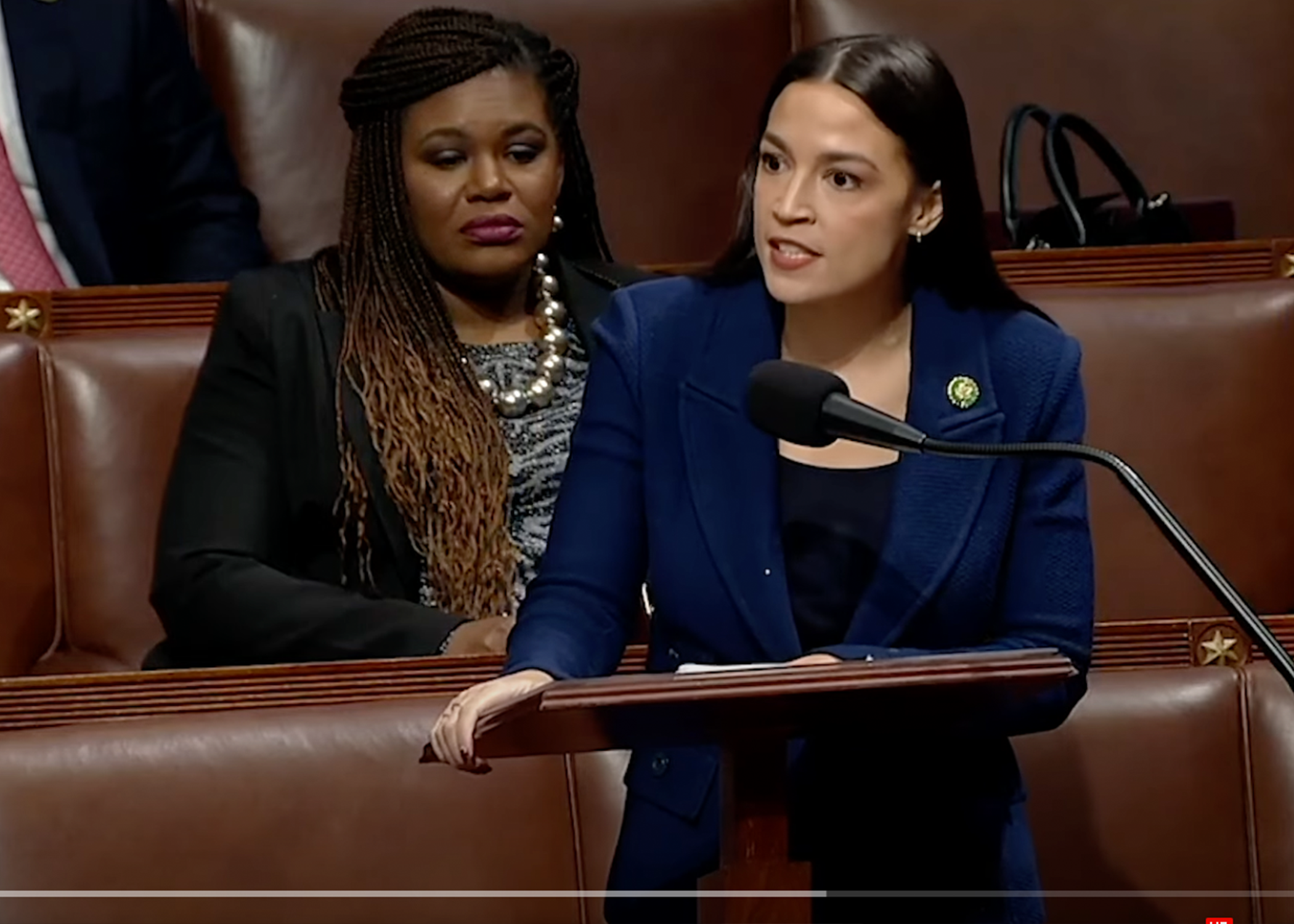Pennsylvania Sees Large Surge in Democrats Leaving Party
Recent voter registration data from Pennsylvania reveals a stark shift in political affiliations, with a striking rise in Democrats leaving the party, and the trend, registered over the past year, might hold significant consequences for the political landscape in upcoming elections.
A surge in Democratic exits and a growing Republican base are reshaping political dynamics in Pennsylvania with just weeks to go before the presidential contest between Donald Trump and Kamala Harris, as Breitbart reports.
The change is notable with the Democratic Party in Pennsylvania witnessing a more than 100% increase in members opting to leave in 2024 compared to the previous year.
As of Oct. 14, the state had approximately 3,958,835 registered Democrats and 3,646,110 Republicans, indicating a closely contested political field.
Party Affiliations Shift Amid Voter Changes
In 2024, the number of Democrats leaving the party totaled 113,063, marking a significant rise from 2023's figure of 55,662. This increase in dissatisfaction or realignment within the party has raised eyebrows and necessitates a deeper analysis of voter sentiments and priorities.
Further breakdown reveals that among those leaving the Democratic Party in 2024, 51,937 opted to register with other parties while 61,126 found a new political home with the Republicans.
This marked an upward trend from 2023 when 19,321 Democrats switched to other affiliations and 36,341 joined the Republican ranks.
Republican Enthusiasm Seen in Registrations
A crucial factor fueling this shifting landscape is the recent efforts by Republicans in Pennsylvania to bolster their voter registration numbers. September 2024 data highlights over 60,710 new Republican registrations, surpassing the 35,854 new registrations recorded by the Democratic Party during the same period.
This strategic gain has translated into several regions witnessing a political realignment. Specifically, five counties traditionally leaning Democrat now see Republican majorities. These counties are Berks, Beaver, Bucks, Fayette, and Luzerne, marking a significant repositioning of voter allegiance.
Latino Support Highlights Political Concerns
Amidst these shifts, apprehensions regarding Vice President Kamala Harris's standing among Latino populations in Pennsylvania have surfaced. Reports indicate "Latino political and business leaders" are voicing concerns regarding her support, particularly among Latino men in the state.
These discussions, extended to Politico via several unnamed sources, underscore vulnerabilities the Democratic Party may need to address proactively. Latino voters represent a significant demographic, and such murmurs could affect party stability and electoral success.
Implications for Pennsylvania's Political Future
The unfolding voter registration trends pose several questions for Pennsylvania's upcoming elections. With Republicans making visible inroads into traditional Democratic Party territories and concerns around specific voter demographics, the future holds various uncertainties for the state's political equilibrium.
Understanding the root drivers of these shifts might be key for both parties as they strategize for future electoral pathways. Engagement with changing demographics and voter priorities will shape their implications significantly.
Candidates Must Adapt to the Changing Landscape
For potential candidates and political campaigners, 2024 offers an opportunity to reassess strategies and outreach efforts. Tapping into the evolving voter psyche and addressing the motives behind party shifts could prove crucial.
The capacity for adaptation and responsiveness to voter concerns and preferences may define campaign success. Political players must innovate approaches to engage individuals seeking alternatives.
Conclusion Draws Further Examination and Insight
What remains evident is a dynamic environment within Pennsylvania, where political lines are being redrawn, prompting both introspection and strategic maneuvering. As the state nears its electoral milestones, each party faces the task of fine-tuning its appeal to a diversifying electorate.
The road ahead for Pennsylvania's political atmosphere appears brimming with challenges and opportunities that demand a nuanced understanding of voter shifts and preferences. Parties must not only address the "how" but the "why" of these changes effectively.
In light of these developments, ongoing observation and analysis will be crucial in informing future political discourse and campaigns across Pennsylvania’s 67 counties. Strategists and stakeholders alike must remain vigilant and adaptable to harness the full potential of the evolving voter landscape.






